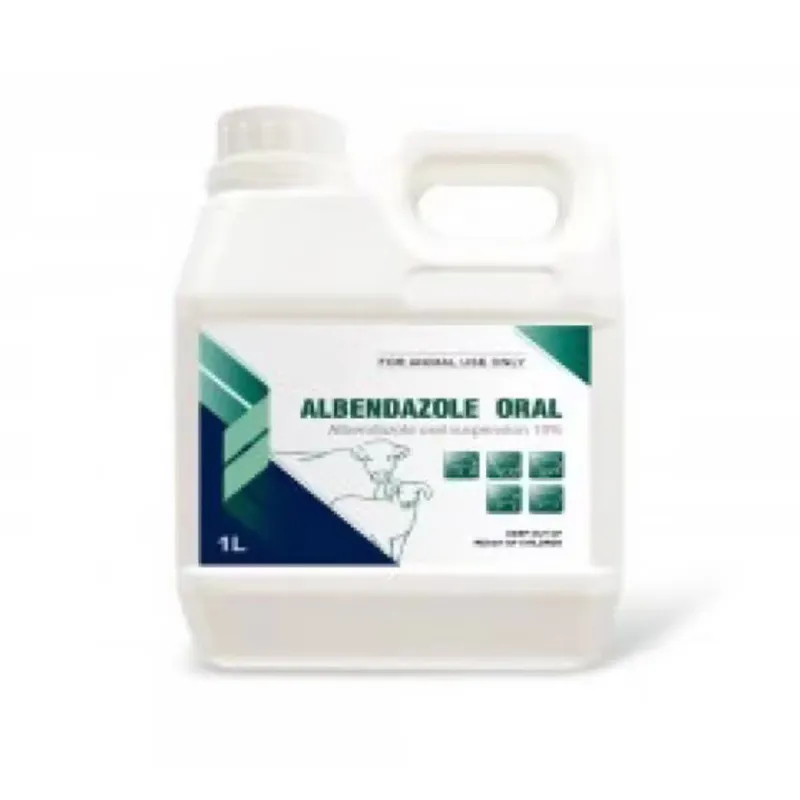- Afrikaans
- Albanian
- Amharic
- Arabic
- Armenian
- Azerbaijani
- Basque
- Belarusian
- Bengali
- Bosnian
- Bulgarian
- Catalan
- Cebuano
- Corsican
- Croatian
- Czech
- Danish
- Dutch
- English
- Esperanto
- Estonian
- Finnish
- French
- Frisian
- Galician
- Georgian
- German
- Greek
- Gujarati
- Haitian Creole
- hausa
- hawaiian
- Hebrew
- Hindi
- Miao
- Hungarian
- Icelandic
- igbo
- Indonesian
- irish
- Italian
- Japanese
- Javanese
- Kannada
- kazakh
- Khmer
- Rwandese
- Korean
- Kurdish
- Kyrgyz
- Lao
- Latin
- Latvian
- Lithuanian
- Luxembourgish
- Macedonian
- Malgashi
- Malay
- Malayalam
- Maltese
- Maori
- Marathi
- Mongolian
- Myanmar
- Nepali
- Norwegian
- Norwegian
- Occitan
- Pashto
- Persian
- Polish
- Portuguese
- Punjabi
- Romanian
- Russian
- Samoan
- Scottish Gaelic
- Serbian
- Sesotho
- Shona
- Sindhi
- Sinhala
- Slovak
- Slovenian
- Somali
- Spanish
- Sundanese
- Swahili
- Swedish
- Tagalog
- Tajik
- Tamil
- Tatar
- Telugu
- Thai
- Turkish
- Turkmen
- Ukrainian
- Urdu
- Uighur
- Uzbek
- Vietnamese
- Welsh
- Bantu
- Yiddish
- Yoruba
- Zulu
Dec . 20, 2024 12:02 Back to list
how to dilute glutaraldehyde solution
How to Dilute Glutaraldehyde Solution
Glutaraldehyde is a potent disinfectant and sterilizing agent widely used in both clinical and laboratory settings. Its effectiveness against a broad spectrum of microorganisms makes it a preferred choice for sterilizing medical instruments, laboratory equipment, and even heat-sensitive devices. However, working with concentrated glutaraldehyde can pose health risks, including irritation to the skin, eyes, and respiratory system, making it paramount to properly dilute the solution before use. This article will provide a comprehensive guide on how to safely dilute glutaraldehyde solution.
Understanding Glutaraldehyde
Glutaraldehyde is an aliphatic aldehyde that exists in liquid form as a 25% aqueous solution. It works by cross-linking proteins and nucleic acids, which inhibits microbial growth. Due to its efficacy, it is often utilized in healthcare facilities, veterinary clinics, and laboratories. However, concentrated glutaraldehyde can be hazardous if mishandled, thus necessitating the dilution process for safer application.
Safety Precautions
Before beginning the dilution process, it is critical to take proper safety precautions 1. Personal Protective Equipment (PPE) Always wear appropriate PPE, including gloves, goggles or face shields, and lab coats to protect against exposure. 2. Work in a Well-Ventilated Area Ensure that the dilution is performed in a fume hood or a well-ventilated space to minimize inhalation exposure. 3. Material Safety Data Sheet (MSDS) Familiarize yourself with the MSDS for glutaraldehyde, which details safety measures and first-aid procedures in case of exposure.
Dilution Process
Preparing a diluted glutaraldehyde solution involves careful measurement and mixing. Here’s a step-by-step guide for the dilution process
Materials Needed - Concentrated glutaraldehyde (25% solution) - Distilled water or appropriate diluent - Measuring cylinder or pipette - Container for the final solution (preferably a glass or polyethylene bottle) - Stirring rod or magnetic stirrer
how to dilute glutaraldehyde solution

Steps 1. Determine the Required Concentration Glutaraldehyde is often used at a concentration ranging from 2% to 10%, depending on the intended application. For instance, a 2.5% solution is commonly used for high-level disinfection. Calculate the final volume of the diluted solution you need and the appropriate volume of concentrated glutaraldehyde required.
2. Calculate Dilution Ratios Use the formula \( C_1V_1 = C_2V_2 \) (where \( C_1 \) and \( C_2 \) are the concentrations and \( V_1 \) and \( V_2 \) are the volumes) to determine how much concentrated solution and water to mix. For example, if you want to prepare 100 mL of a 2.5% solution from a 25% stock solution - \( C_1 = 25\% \) - \( C_2 = 2.5\% \) - \( V_2 = 100 \, mL \) - \( V_1 = (C_2 \cdot V_2) / C_1 = (2.5\% \cdot 100 \, mL) / 25\% = 10 \, mL \)
3. Measure Glutaraldehyde Using a measuring cylinder or pipette, accurately measure out the calculated volume of concentrated glutaraldehyde (10 mL in this example).
4. Add Distilled Water In a separate container, measure the amount of distilled water (in this example, it would be 90 mL) and pour it into the same container as the glutaraldehyde.
5. Mixing Gently stir the mixture with a stirring rod or using a magnetic stirrer until fully homogenous. Ensure that glutaraldehyde is completely dissolved in the water.
6. Label the Solution Clearly label the container with the concentration of the solution, the date of preparation, and any hazard warnings. Proper labeling is essential for safety in the workplace.
7. Storage Store the diluted glutaraldehyde solution in a cool, well-ventilated area away from direct sunlight and incompatible substances.
Conclusion
Diluting glutaraldehyde is a simple yet critical process that ensures its safe and effective use in various applications. Adhering to safety precautions, accurately measuring, and properly mixing the solution can prevent potential hazards associated with glutaraldehyde exposure. Understanding how to dilute glutaraldehyde effectively can enhance safety protocols in health and laboratory settings, providing a safer working environment for all personnel.
-
Guide to Oxytetracycline Injection
NewsMar.27,2025
-
Guide to Colistin Sulphate
NewsMar.27,2025
-
Gentamicin Sulfate: Uses, Price, And Key Information
NewsMar.27,2025
-
Enrofloxacin Injection: Uses, Price, And Supplier Information
NewsMar.27,2025
-
Dexamethasone Sodium Phosphate Injection: Uses, Price, And Key Information
NewsMar.27,2025
-
Albendazole Tablet: Uses, Dosage, Cost, And Key Information
NewsMar.27,2025













